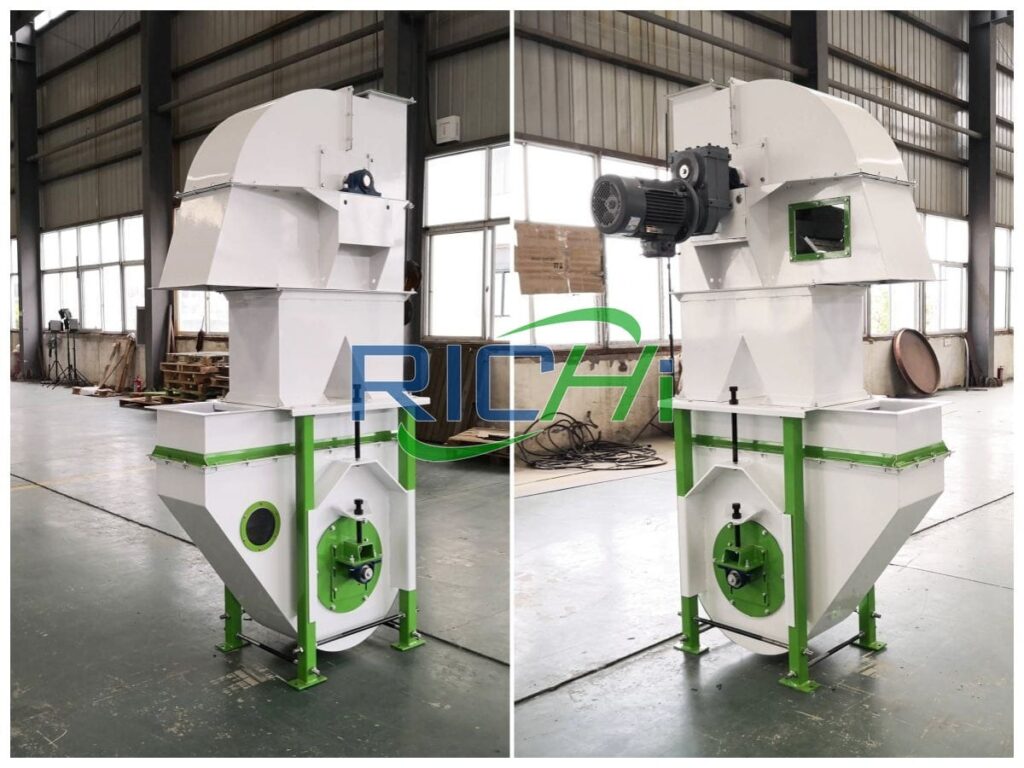No machine-heavy business can flourish unless the main thing they rely on, i.e. machinery, works efficiently. When your machines are in good condition, operated as per instructions, and serviced in a timely manner, you can save a lot of time and money. If you are the owner of a modern rice mill, one piece of machinery that is surely a part of your suit is the bucket conveyor system. These machines are essential in the sense that they reduce manual labour and increase productivity by providing a safe and efficient system to transport rice grains in bulk from one level to another. However, there are several mistakes you may make while installing or operating bucket elevators. These mistakes can cause a dent in your produce and, ultimately profitability due to reduced performance, increased maintenance and operation costs, and even life-threatening safety hazards.
Through this guide, we will take you through a few common bucket conveyor system mistakes and how you can avoid them in your rice mill. Let’s begin.
5 Common Bucket Conveyor System Mistakes and How to Avoid Them
If you want to maximise productivity in your rice milling business, one area that often goes unnoticed is the running of bucket conveyor systems. Let us explore what mistakes you need to avoid and how to improve the functioning of bucket elevators.
1. Improper Alignment of Conveyor Belt
When the rice bucket conveyor system belt shifts off its designed path, it leads to improper alignment or “mistracking”. This can happen due to damaged or worn-out bearings or rollers, debris or dirt buildup on the track surface, incorrect pulleys, or uneven grain distribution on the belt. Not only do these things cause operational inefficiencies, such as increased downtime and reduced production, but improper alignment can also damage the belt and other equipment on its route. You can spot these signs of mistracking via visible gaps between conveyor belt segments as the belt passes through idlers and rollers. Fix it as soon as you notice these signs to keep the bucket elevator conveyor “on track”.
2. Uneven Grain Distribution over the Buckets
The bucket conveyor system may face infeed problems due to issues with the design. This problem will usually arise if you feed the paddy grain at 90 degrees (right angle) to the conveyor. If not resolved in time, this uneven grain flow can lead to uneven wear and tear on the bucket surface, thereby causing overfilling in the buckets along with spillage issues. It is necessary that you buy your rice bucket conveyor system from a trusted rice mill machinery supplier that sells effective equipment. A well-manufactured design, such as equipping the bucket conveyor with bias-cut infeed chutes, can help avoid this problem.
3. Lack of Dust Collection
Another common issue in bucket conveyor system infeed is huge amounts of dirt accumulation. If the bucket elevator does not have a proper dust collection system, the conveyor carries the fine particles everywhere. This leads to dust deposits on ledges, equipment pulleys, and other flat surfaces. Over a period of time, the accumulated dust can cause conveyor mistracking. Always check if your grain elevator is equipped with a dust collector to prevent this problem.
4. Incorrect Loading
Whenever loading paddy or rice grains onto a bucket elevator, do it in a careful and gentle manner. Ensure that it flows evenly on the belt. If there is a heavy drop onto the bucket conveyor, the system may wear down due to heavy weight, and the underlying support rollers may break easily. In the worst case, the mounting brackets with the support rollers may also face issues over time. The rollers will eventually pop out, and the rice bucket elevator will completely break down. In case there is a large difference in the height levels, the fall momentum on the tape should be gentle.
5. No Digger Buckets when Required
Some bucket elevator systems do not come equipped with digger buckets that help break up clumps of material, thereby preventing blockages. This can prove to be a mistake since digger buckets can significantly improve the performance of bucket conveyor systems. While not every material may require it, it is essential you explore how useful this can be for your rice mill.
Tips for Bucket Conveyor System Maintenance
Now that you know what mistakes commonly crop up while using a bucket conveyor system, let us see some quick tips to maintain this rice mill machinery.
- Have a plan for emergency breakdown. Can you afford to stop the entire production or do you move it elsewhere?
- Choose a reliable manufacturer that provides quick servicing.
- Track the lifespan of the conveyor belt and ensure it meets the standard lifetime. If not, you may need to switch to a better rice milling machine manufacturer.
- Use preventative maintenance and get the grain elevator service timely to prevent sudden machinery breakdowns.
Conclusion
Running a rice mill machinery requires a lot of know-how of different equipment. It is crucial that you avoid mistakes such as incorrect loading, dust buildup, improper belt alignment, etc., to keep the bucket conveyor system up and running. Timely service and proper operation of the bucket elevator as per the instructions can go a long way in keeping the rice production efficient.
